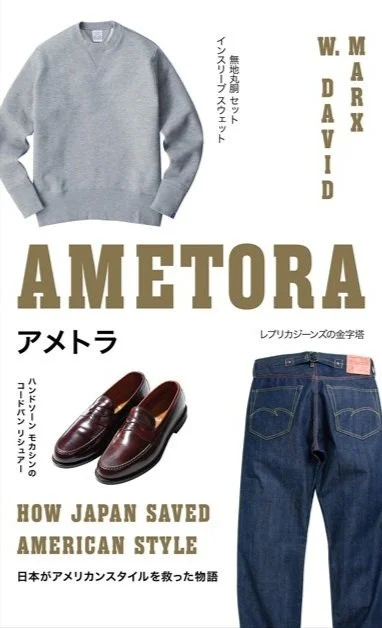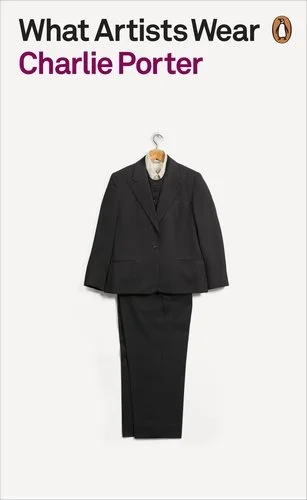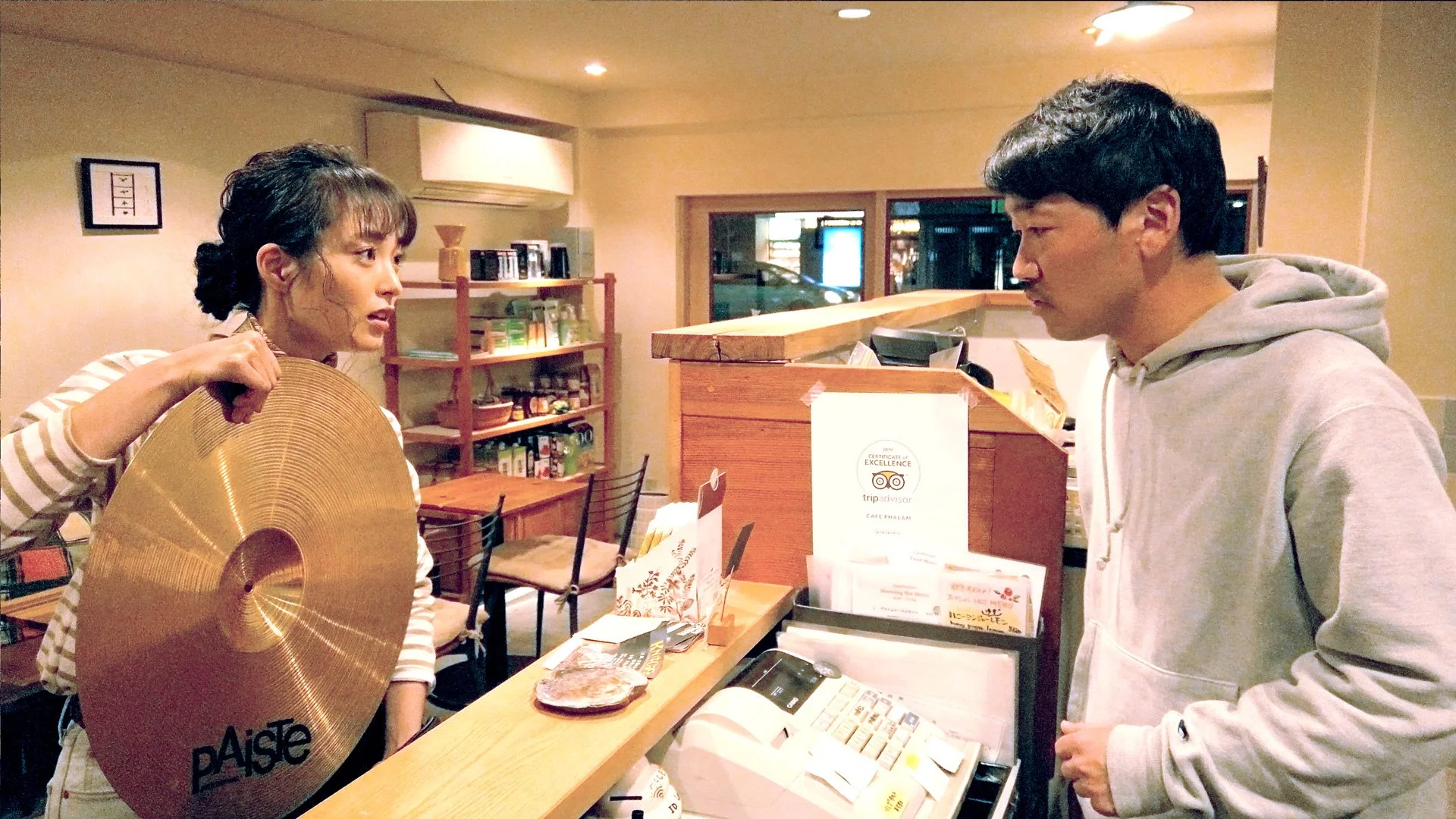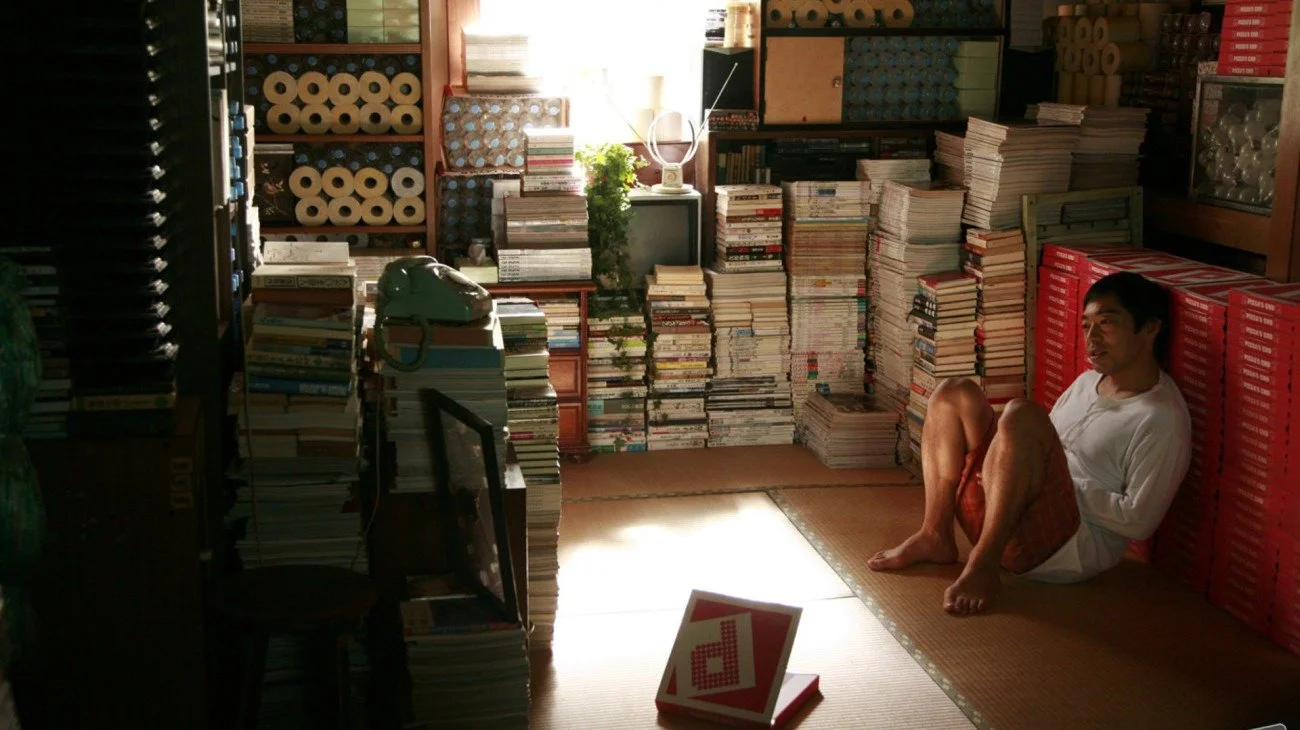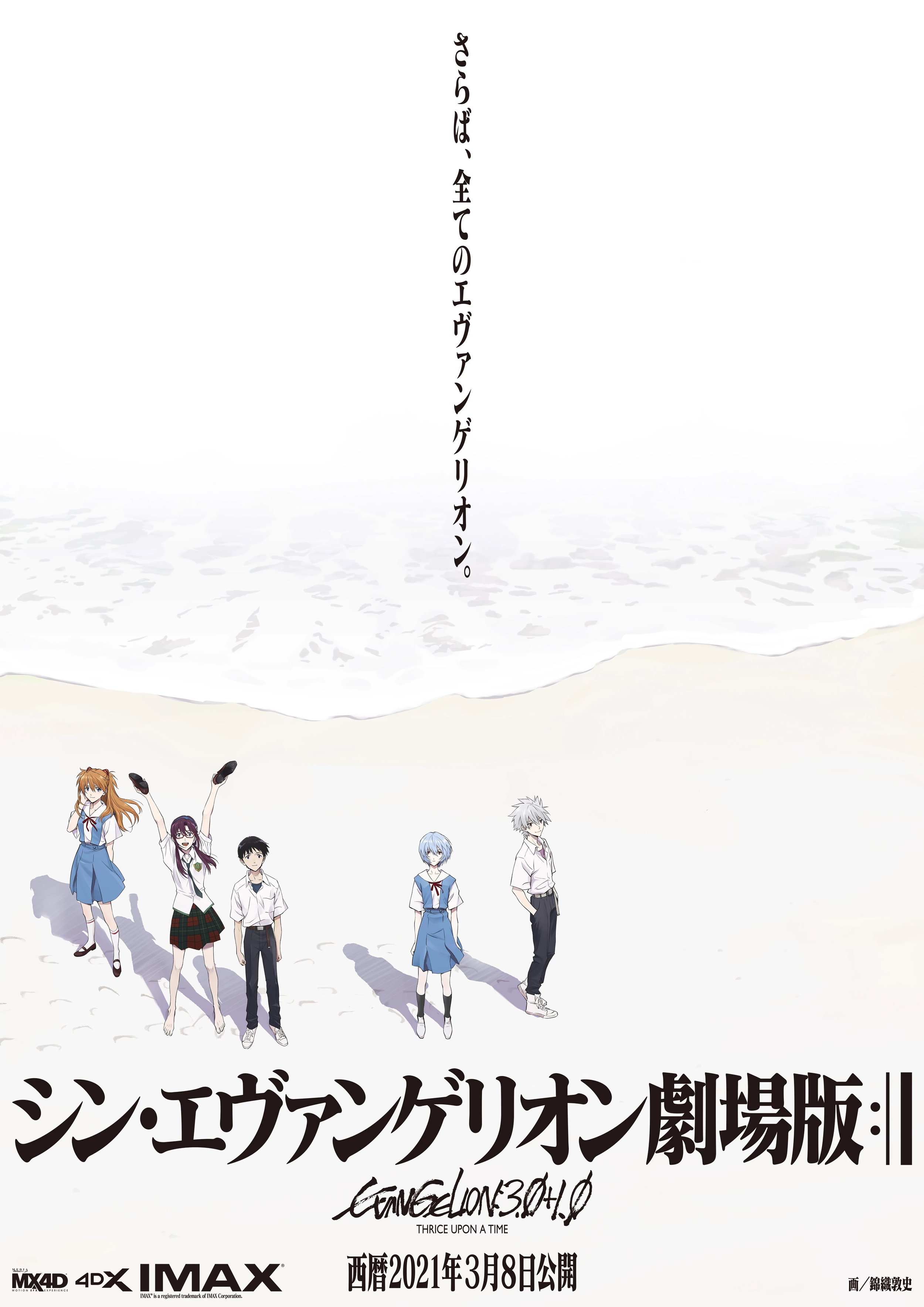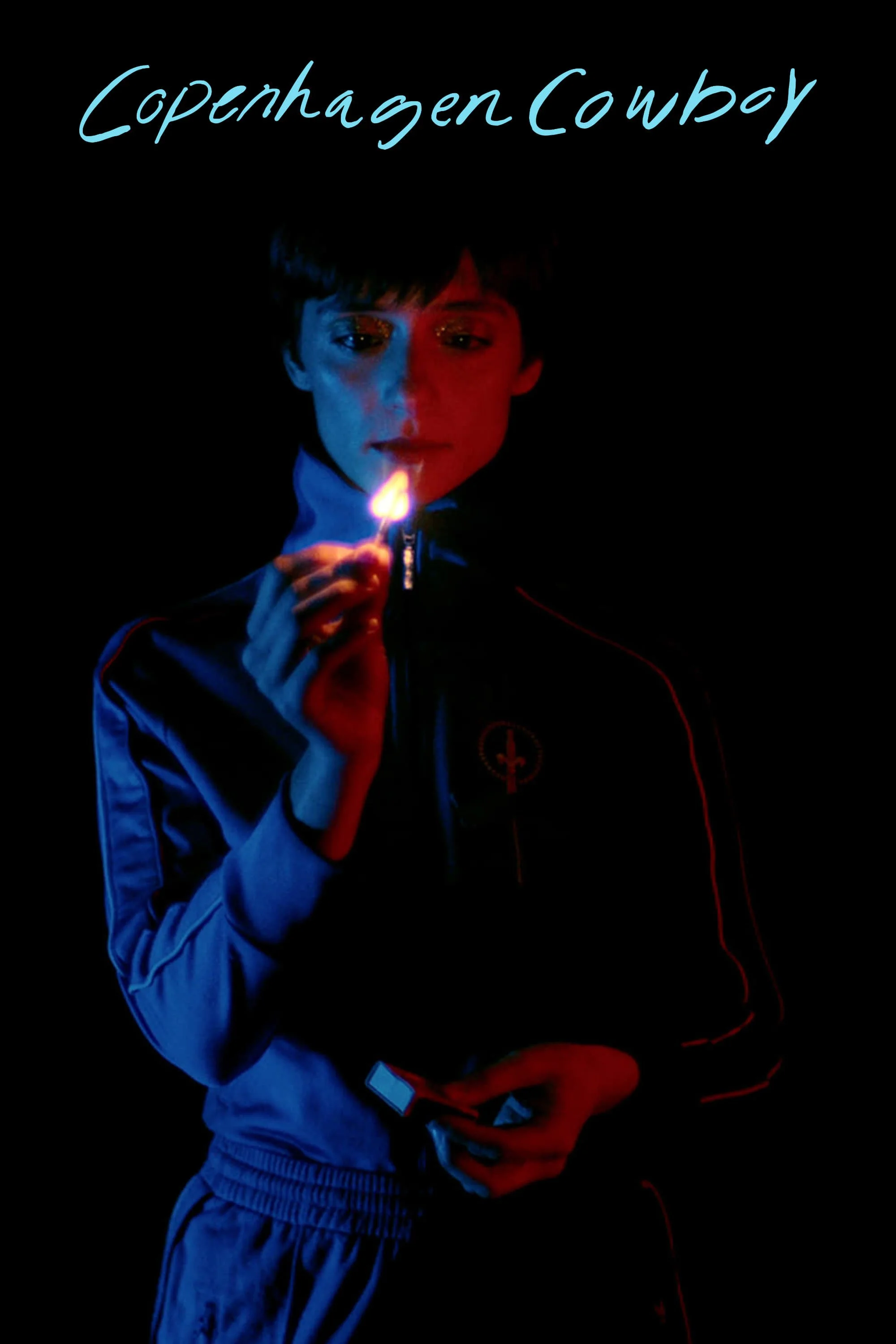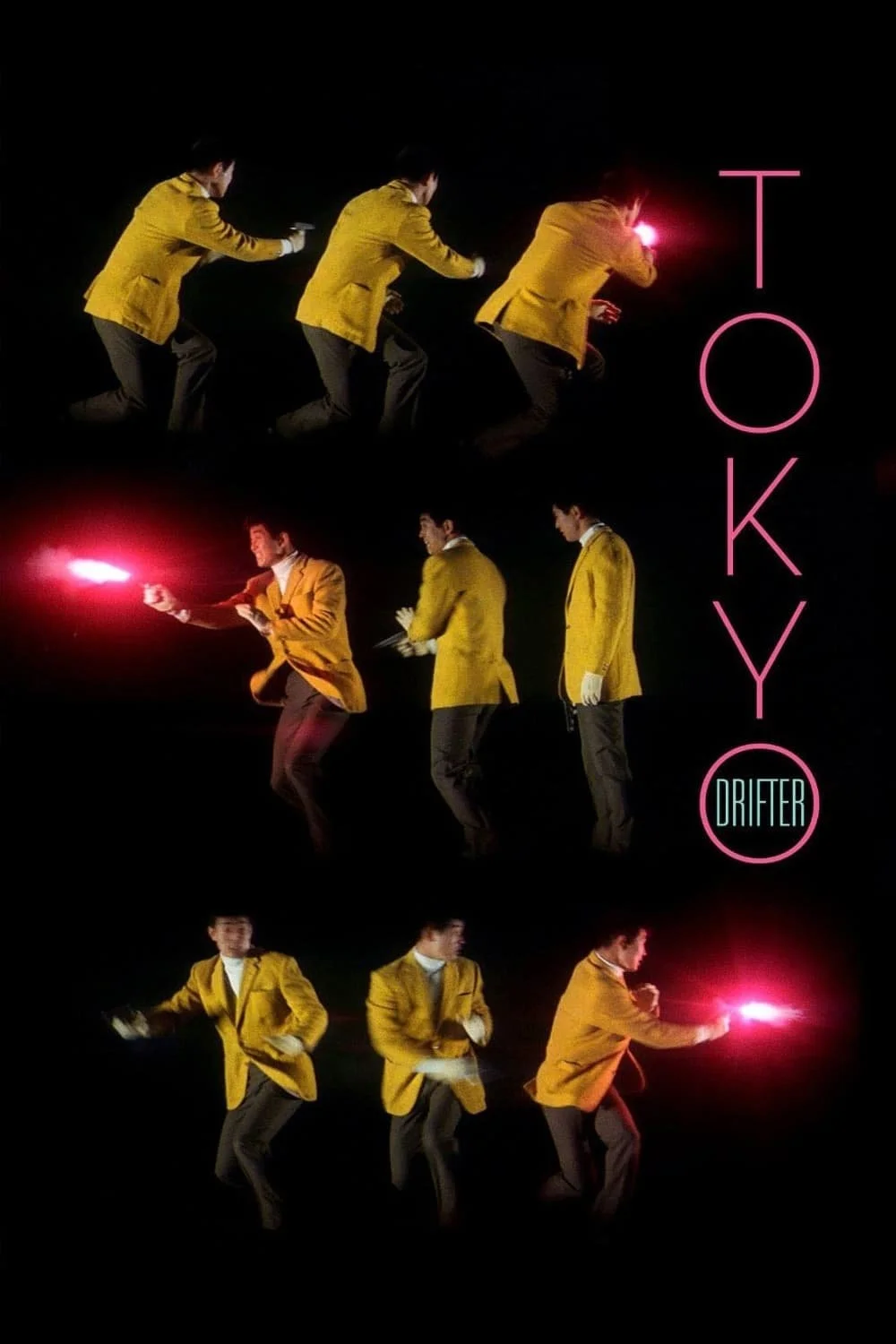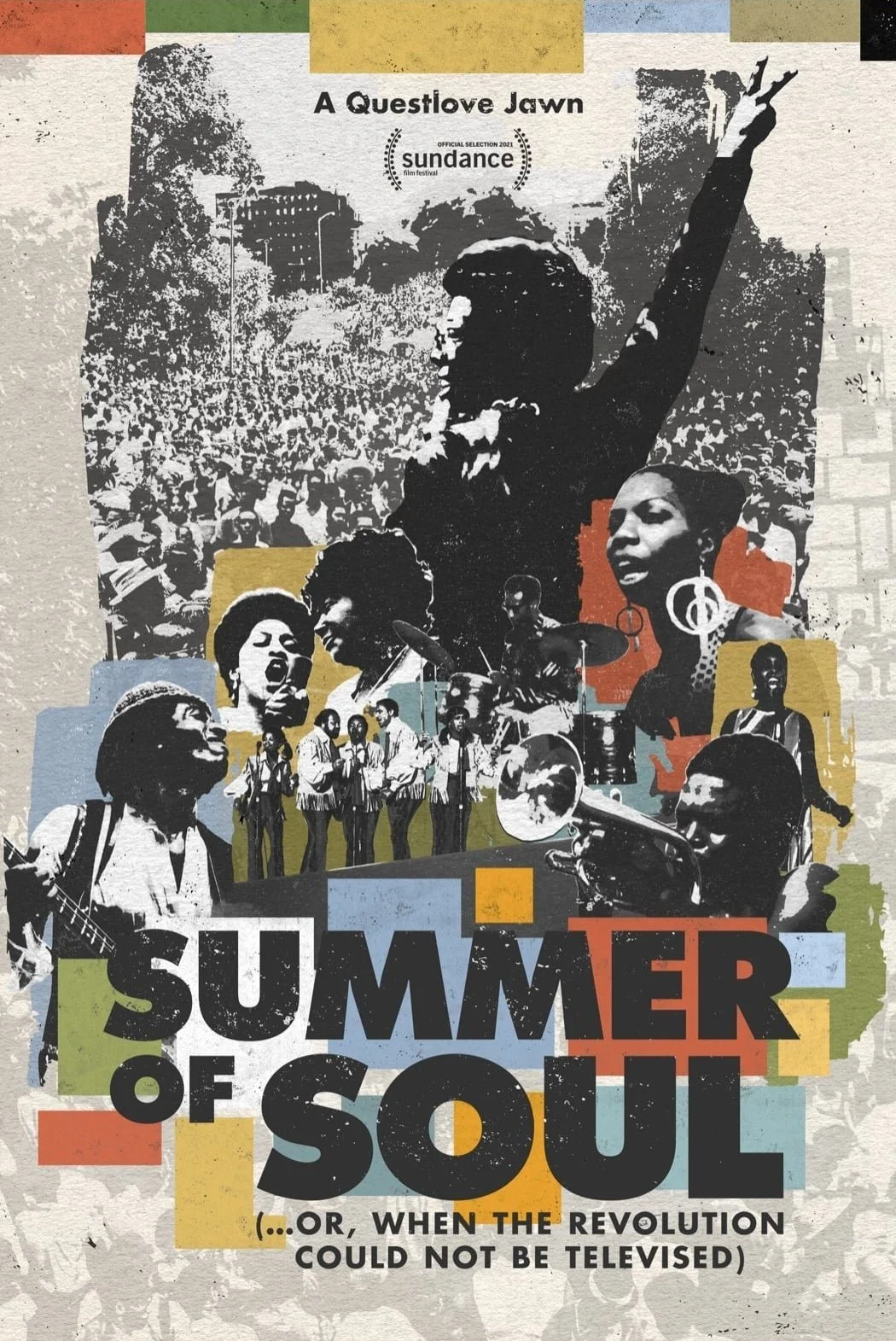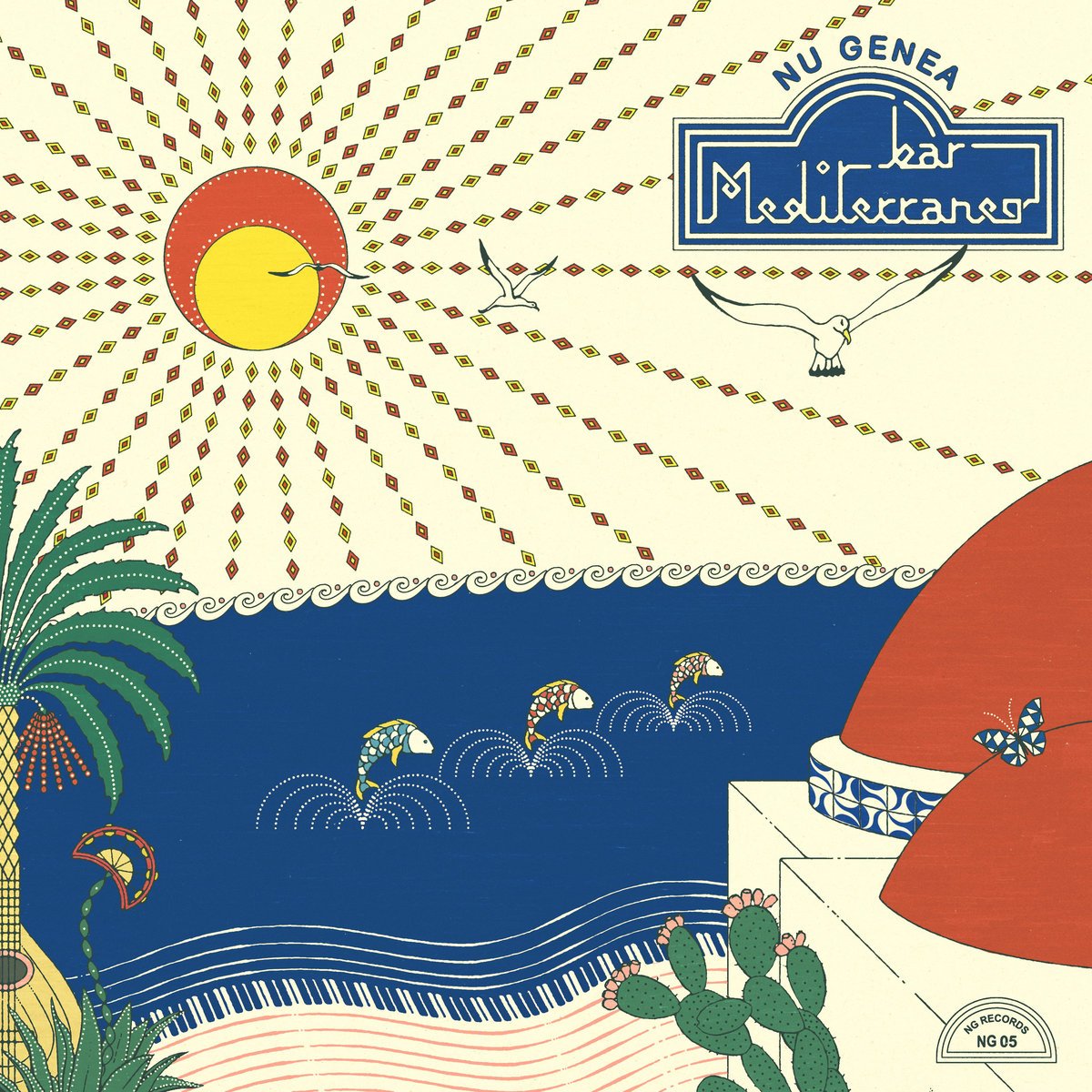Studies Suggest: Vol. 6
Studies Suggest showcases nice things that should be worth your time. It is a list of media I enjoyed recently or found interesting. There are no set rules for this. Maybe it’s a movie, an album, an interesting article, or basically whatever I like.
Sound of Metal
I dislike Jeff Bezos and his world-destroying behemoth of a company as much as the next person, but admittedly Amazon (Studios?) has to be applauded for financing this impeccable jewel of an empathy-inducing film. Following a metal drummer whose already super stressful life gets propelled into a downward spiral when he starts to lose his hearing, we get a movie experience as unique as I can remember in a long time. Faithful to a holistic “The Medium is the Massage”-approach, the film uses its innovative sound design as an impactful storytelling tool rather than just setting an ambiance. Having (presumably) no experience of deafness, Sound of Metal gives its audience a glimpse into a world of impaired hearing - from extremely muffled dialogue to almost complete silence and trying to follow the basics of ASL (American Sign Language). Although our protagonist might not be too likable from the start, his suffering is relatable - if not in nature, then definitely in perceived impact. How he deals with it, his journey toward conquering the fear of his new reality, makes the whole thing almost beautifully grounding. How Riz Ahmed and Paul Raci - how is this man not one of the most successful character actors in Hollywood - did not clean up awards during the 2019/2020 season is baffling to me. Take your time, maybe some headphones, and open up to a facet of the human experience you (maybe) were not fully aware of before. And on a side note: great band shirts, too.
Ametora
Ametora book cover.
Source: Heddels
Maybe you know the skateboarders’ way of looking at cities and public architecture. Their lens is constantly checking for potential spots. It’s a unique way to look at the world around us. W. David Marx looks at the world - in this case, Japan - through a clothing and garment lens. With Ametora, he dug deep into the history of the Japanese clothing industry and its cultural implications on a larger, country-wide scale. The book explores several subcultural developments and the clothing trends they adopted, re-interpreted, and occasionally improved and perfected. Starting with a gradually increasing influence of Western (aka American) clothing over traditional Japanese garments in post-war times, Marx focuses on phenomena like the particularities of the “Ivy League” style tribe, the multi-faceted denim craze, or the exploding hype of Ura-Harajuku streetwear movement transcending Japanese borders. It illustrates how Japanese clothing connoisseurs revered American fashion and made it their own to such a exemplary degree, that the pendulum swung the other way, too. Just think of American denim heads refusing to wear anything but “Made in Japan”. Ametora excels at striking the perfect balance between diving neck deep into granular garment details and putting it all into context while dropping sociological, political, and historical knowledge. In a way, Marx applied that exact attention to detail he applauds the pioneers of Japanese fashion for in his research. Today, he serves on the board of directors for NIGO’s Otsumo (the company behind Human Made, Curry Up, and more). Always lovely to see obsessive nerd-dom recognized and succeeding.
What Artists Wear
What Artists Wear book cover.
Source: Penguin
Staying on clothes as indicators of culture and means of communication, Charlie Porter’s What Artists Wear shows another facet of garments - less business and more emotion. Why was Joseph Buys basically in uniform from a certain point on? How was Jean-Michel Basquiat the most stylish guy at every function? Why do “casual” tracksuits carry so much meaning for Charlotte Prodger? Short answer: because clothes have meaning. In an almost nonchalantly seeming fashion (all puns intended), Porter gives a speedrun through some of the 20th-century and contemporary art worlds. You don’t necessarily have to know a lot about art or be familiar with all the artists mentioned to enjoy What Artists Wear. And please don’t expect a styling guide. This is more of a love letter to artists living entirely creatively and expressively. Their clothes are mainly the vehicle Porter chooses to chronicle their lives, their bodies of work, their identities, and their status in the art world and beyond. His findings and thoughts are as insightful as they are entertaining and thought-provoking.
Beyond the Infinite Two Minutes
On paper, this (probably “fake”) one-shot movie shouldn’t work, but how well it does work. The owner of a small café discovers that a TV in his establishment shows the future - precisely two minutes forward - and recognizes that it is connected to a screen in his flat right above the café, streaming into the past two minutes before respectively. So far, so simple, yet confusing. Rarely have I seen such a delightfully playful idea executed so thoroughly thought out and delivered so on point. With a runtime of only about 70 minutes, Beyond the Infinite Two Minutes can feel like an extended short film at times but never like an infinity in a boring way. The opposite is the case. Those 70 minutes are packed with fun. The relatively low production value only adds to the very likable “I have an idea, let’s shoot a movie” charm.
The Housekeeper and the Professor
The Housekeeper and the Professor book cover.
Source: Thalia
Staying on a lighter note. If you are ever in the mood for some breezy reading, pick up this one. Thinking back on The Housekeeper and the Professor, I am reminded of the iconic cicadas of Japanese summers, baseball, and a warm, homemade meal. Speaking of “thinking back”: memory, or the lack thereof in the case of a genius math professor who can’t remember anything further than 80 minutes in the past, is the main plot of Yōko Ogawa’s novel. Its essence is fueled by people genuinely caring for each other, wanting the best for all in harmonious solidarity across three generations, and an insistent plea to live a life defined by being present in the now. Also, it conveys a passion for the beauty of numbers and the poetry of mathematical laws. It even makes some quick math quite fun. (I promise!) Everything math-related here is most likely quite surface-level, but that doesn’t hinder the core of this heartwarming tale from emitting all its positive energy.
Tokyo!
Tokyo! is one of those viewings that makes you want to do a movie yourself right when the credits start rolling. Full of crazy ideas - it’s where “they were able to turn that into a movie?” and “awesome that they made that” meet. Three non-Japanese directors spin three surreal tales set in the Japanese capital. Michel Gondry’s Interior Design perfectly parodies an omnipresent housing market crisis and soulfully indulges in the fantasy of just “vanishing” into a simpler existence than the human one. And while Léos Carax’ Merde delivers on the promise posed by the title with a batshit crazy story of a ghoulish humanoid creature emerging from the Tokyo sewers and breaking havoc in the city, they save the best for last. Bong Joon-Ho delivers the standout piece. In a way, his Shaking Tokyo segment already touches on some themes that would later flourish in full bloom in Parasite - loneliness, social isolation, and a strict barrier between living a self-determined life in a free world of opportunity and a secluded inner world that manifests in a confined physical space. It’s all there in a story about a hikikomori (a person living in total social isolation, often not even leaving their apartment under any circumstance) whose world gets (literally) shaken up once Tokyo is hit with an earthquake. Not to discredit his French colleagues in any way, but just as in the movie year 2019, for Tokyo!, it’s BONG! BONG! BONG!
*addendum:
Turnstile & BADBADNOTGOOD - New Heart Designs
Image Source: Stereogum
JPEGMAFIA & Danny Brown - Scaring The Hoes
Image Source: Peggy Records



